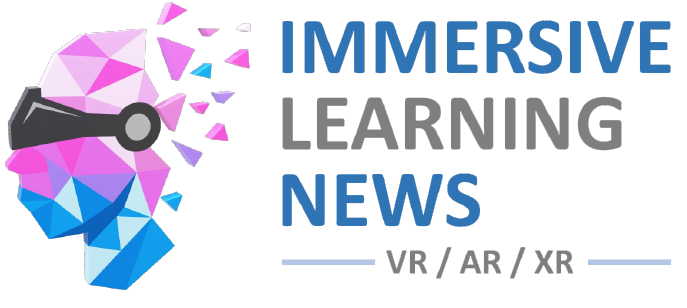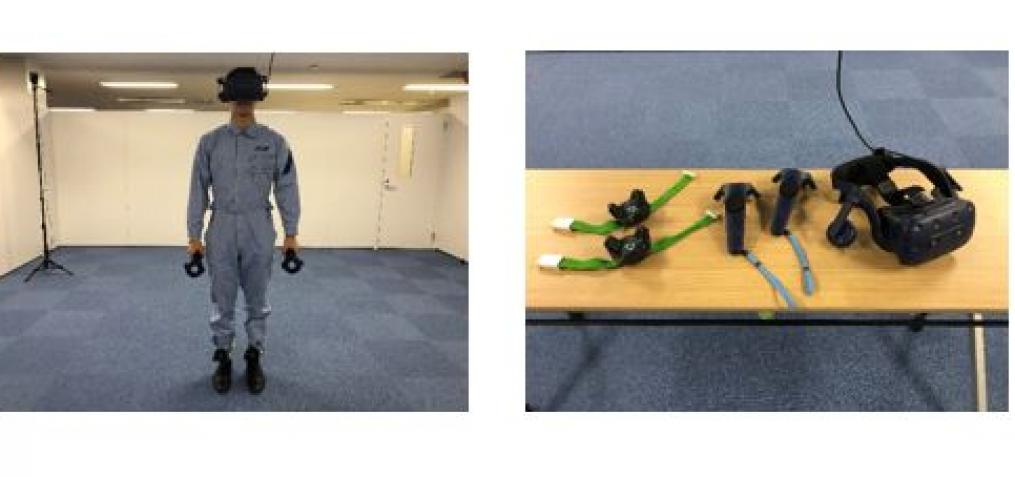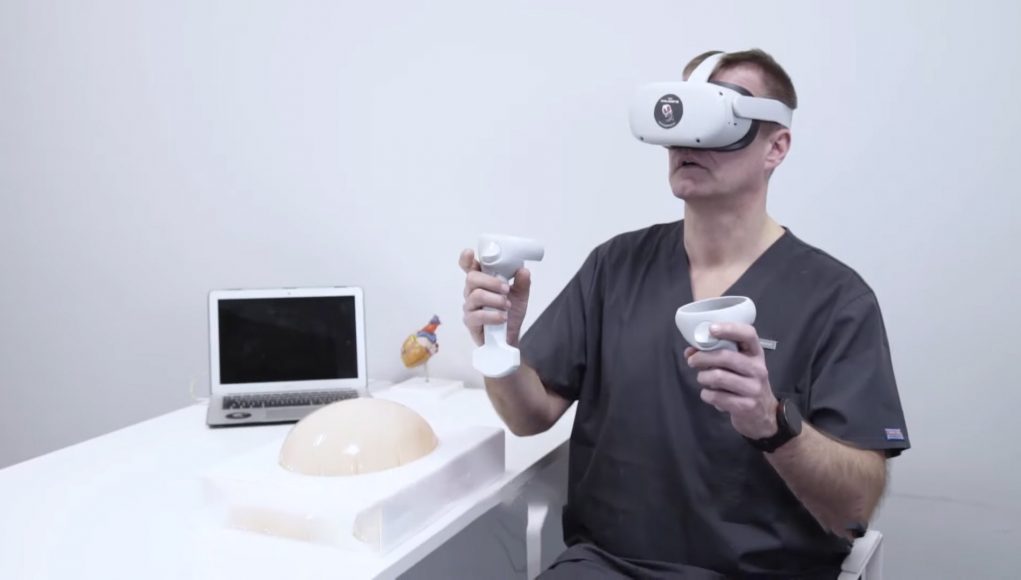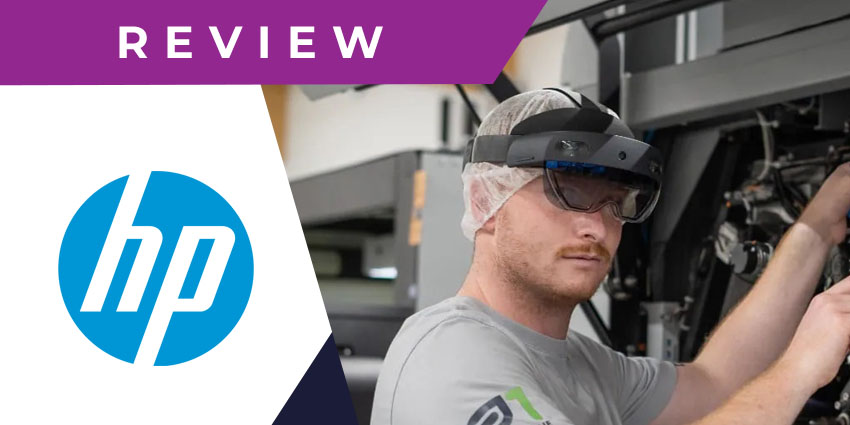Japanese airline All Nippon Airways (ANA) is planning to introduce a Virtual Reality safety training program that is designed to improve safety in all aspects of the aircraft operation and also assist its mechanics in identifying and predicting future risks.
According to ANA press release, the new Virtual Reality training system will be using the 3D simulations of the work environment to generate real-world scenarios which will be based on the common work-related accidents.
During the VR training program, workers will be involved in various narrated simulations and will follow instructions as they perform a series of basic safety actions. Some of the narrative simulations will recreate the real-life workplace as well as flying accidents while showing the trainees how to react to these.
When the trainees make any mistakes that compromise aircraft safety, they experience sensory cues and are also prompted to review their actions so as to know the exact steps missed or the exact mistakes made.
The simulated virtual training environments allow trainees to make mistakes and even be reprimanded for these mistakes without causing real-world, potentially life-threatening safety issues. Going through the simulated VR training will enable trainees to work in the real-world environment with greater confidence. ANA hopes this immersive learning process will better prepare its mechanics when they are reacting to real-life situations.
In a press release, the company stated that safety has always been a top priority and that the incorporation of Virtual Reality into its training procedures is a next step towards building a safer working environment for its employees. The company said it has embraced advanced technology in its training procedures for its employees because it wants to be at the cutting edge when it comes to workplace safety.
The VR training will be rolled out to the airline’s aircraft maintenance crews as well as to its cabin crew team members.
Virtual reality training is seeing serious uptake in diverse industries even though the airline industry has been slow to embrace immersive technology, particularly in training applications. In-flight VR entertainment is already a thing in the commercial aviation sector and has been adopted by a number of airlines. However, in-flight VR entertainment is still largely an exclusive product that is limited to first-class passengers.
Quelle:
Foto: ANA VR Training
https://www.vrroom.buzz/vr-news/trends/all-nippon-airways-introduces-vr-safety-training




